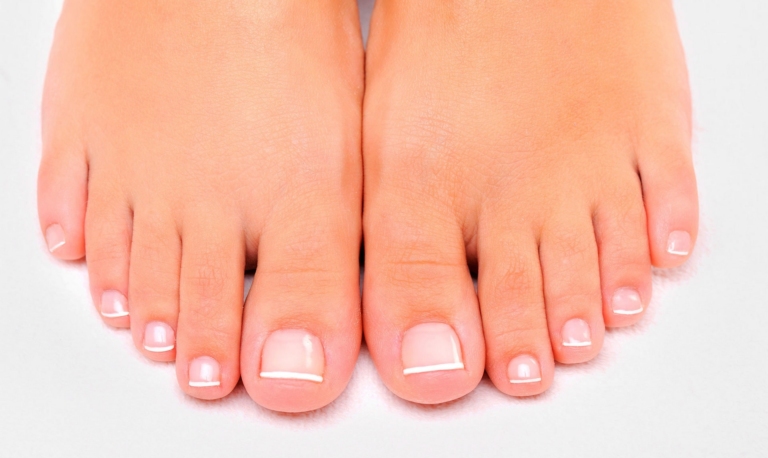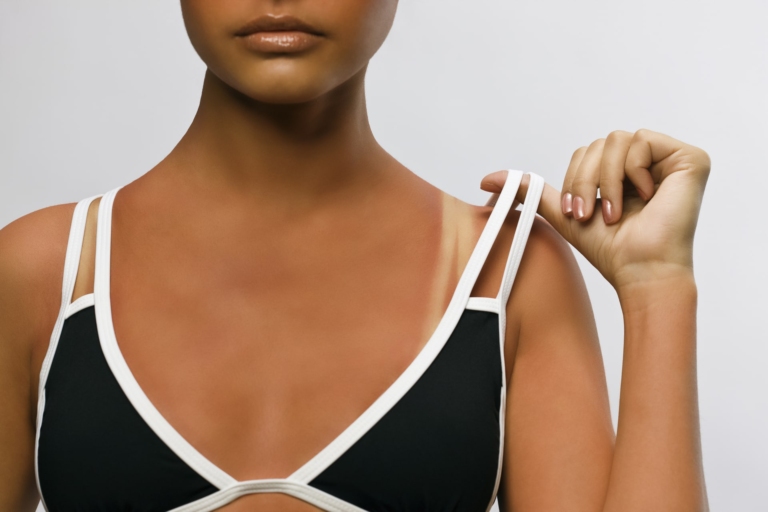Turmeric for hair
The following article does not constitute medical advice and is not a substitute for medical consultation.
Consult your physician or pharmacist before using Turmeric.
This bright yellow spice has medicinal properties that have been used for thousands of years.
In the 21st century, it is mainly used as a powerful anti-inflammatory herb.
This explains why it’s found in everything from Ayurvedic medicine to cosmetic treatments.
What is turmeric?
Turmeric is a flowering plant whose roots are bright yellow thanks to a product called curcumin, which has anti-inflammatory, antioxidant, antibacterial and anticancer properties.
The main benefits of turmeric for your hair:
- Treats dandruff
- Helps reduce hair loss
- It has antibacterial properties
When using turmeric to treat dandruff, combine it with soothing, moisturizing ingredients such as olive oil.
If you take turmeric orally, it’s important not to combine it with drugs that slow down blood clotting.

The benefits of turmeric for hair
Turmeric’s wide range of benefits makes it a versatile hair care ingredient.
You can find it in everything from shampoos and conditioners to hair masks and medicinal oils.
That said, there are many benefits to applying turmeric to your hair.
Prevents hair loss, turmeric’s anti-inflammatory properties are very beneficial for thinning hair, as they can stimulate hair growth.
Fights dandruff, when left untreated, dandruff can eventually lead to hair loss.
Treating your hair with turmeric can keep your scalp healthy, which is key to healthy hair and new hair growth.
Controls oiliness, turmeric is excellent for treating oily hair and scalp thanks to its anti-inflammatory and antimicrobial properties.
These properties inhibit the growth of micro-organisms to which oily scalps are prone.
Improves scalp health, Turmeric’s healing and anti-inflammatory properties naturally help treat scalp irritations, unlike other products that do so by adding artificial ingredients.
Protects hair
Free radicals can wreak havoc on your hair, scalp and skin, but one of the many reasons antioxidants like turmeric are so popular is that they fight them.
As a result, hair follicles are protected from damage caused by harmful molecules.
Also read: Does Minoxidil have side effects?
How do I use turmeric for my hair?
Turmeric can be applied topically or orally.
Depending on the concentration of turmeric, you should take between 500 and 2000 mg per day.
Just remember, if you’re taking turmeric orally, don’t combine it with drugs that may slow down blood clotting.

Apply as a mask
An excellent moisturizing turmeric mask is easily prepared by mixing equal parts olive oil and turmeric.
You can also add a small amount of honey to make the mask more moisturizing.
Apply the mask evenly and leave it on for 15-30 minutes to allow the ingredients to be absorbed by the hair.
Rinse and wash hair with shampoo and conditioner.
Nourishing the scalp, it is also recommended to combine turmeric with essential oils such as lavender for a soothing scalp treatment.
Take as a supplement In addition to topical use, turmeric can be taken as a supplement to bring benefits to hair and skin.
Use as a shampoo a quick and easy way to incorporate turmeric into your diet is to find a turmeric shampoo.
Simply cleanse, rinse and repeat.
“One of my biggest dreams is that my company will be able to change the course of one family’s life, one child at a time by giving back to the community.”







